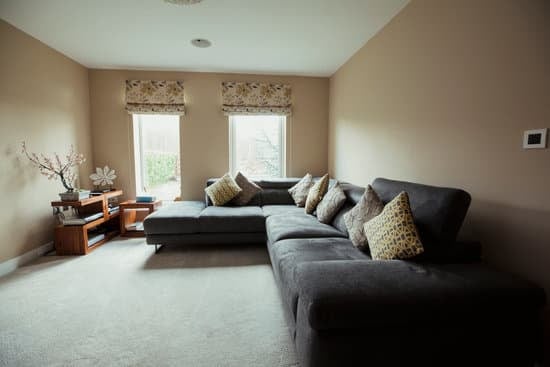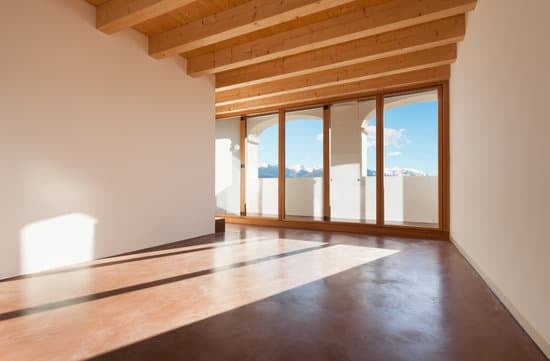If you’re wondering whether indoor saunas should be vented, the short answer is no, it’s not necessary for safety reasons. However, sauna ventilation can be beneficial for a pleasant and more effective sauna experience. Proper air circulation can help distribute heat evenly, prevent overheating, and remove excess moisture that can damage your sauna and trigger mold growth. Here are some things to consider about sauna venting:
Inadequate air circulation can affect the performance of your sauna heater and reduce its lifespan.
Without proper ventilation, your sauna’s interior can become too hot and stuffy, making it harder to breathe and increasing the risk of fainting or dehydration.
Ventilation can help control the level of humidity in your sauna and protect your walls and floors from water damage and warping.
Sauna venting is different from shower venting, so don’t assume that your bathroom exhaust fan will work the same way. Saunas require a separate ventilation system that can handle high temperatures and moisture levels.
In summary, while sauna ventilation isn’t a safety requirement, it’s still a good idea to invest in a quality ventilation system that can help keep your sauna comfortable, efficient, and long-lasting. Be sure to consult with a professional sauna installer or HVAC contractor to choose the right venting option for your specific needs and budget.
Use high-quality materials for your sauna walls and ceiling to ensure adequate insulation.
Use a high-quality sauna heater to minimize energy usage and increase efficiency.
Position sauna vents high on the walls or ceiling to ensure hot air rises and is effectively circulated throughout the sauna.
Install exhaust vents to allow for the escape of any excess moisture within the sauna.
Ensure that your indoor sauna has adequate air circulation and ventilation.
Keep your sauna door slightly open to allow for adequate airflow.
Install a ventilation fan to aid the circulation of air and manage moisture levels.
Position sauna vents high on the walls or ceiling to ensure hot air rises and is effectively circulated throughout the sauna.
Install exhaust vents to allow for the escape of any excess moisture within the sauna.
In conclusion, sauna ventilation is not necessary from a safety standpoint, but it can greatly enhance your sauna experience. Proper ventilation can ensure even temperatures, increased efficiency and reduce energy usage. So, be sure to follow these tips to ventilate your indoor sauna adequately.




















